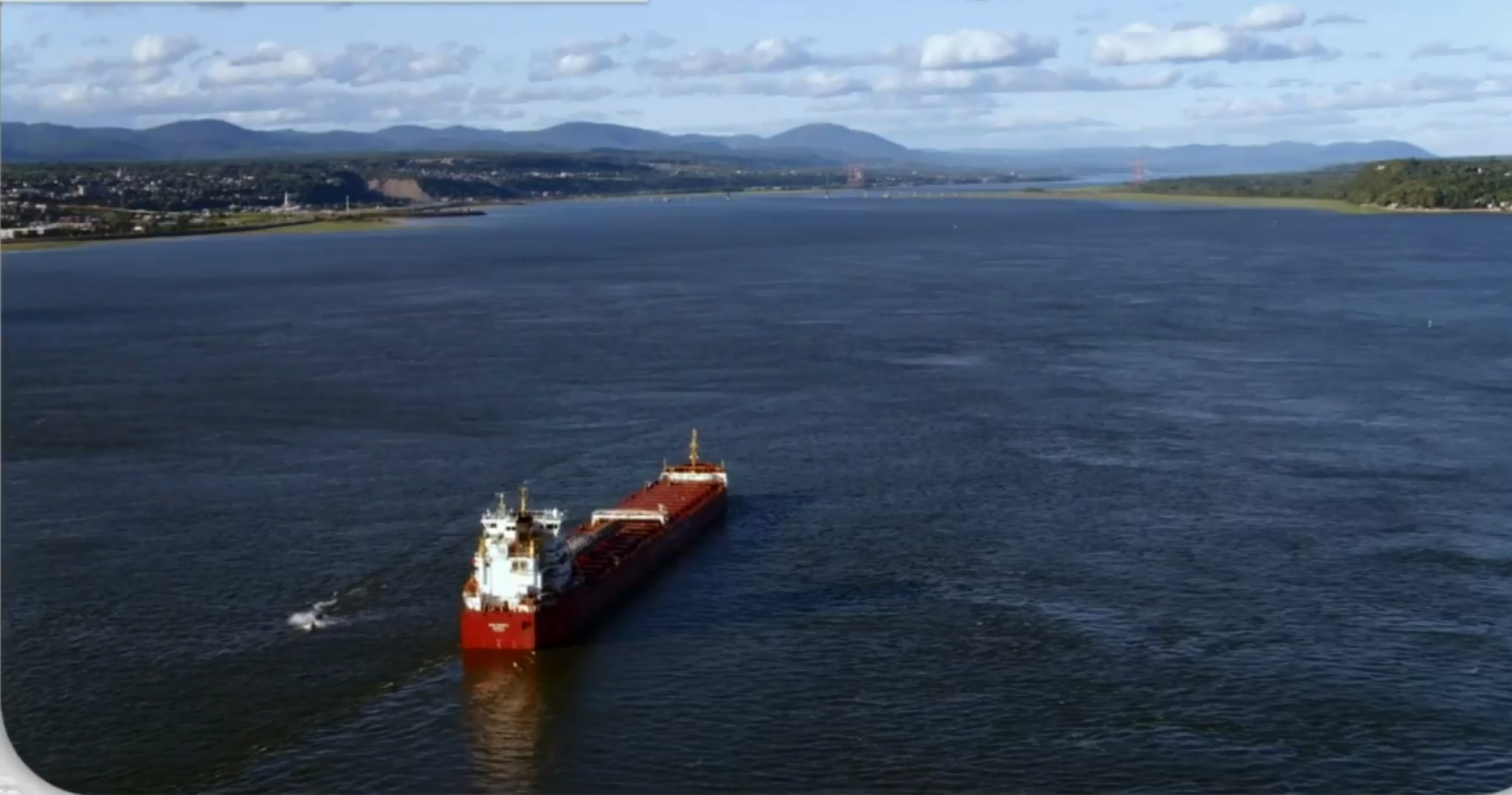A projected increase in grain shipments this year due to a bumper crop and higher demand overseas has begun to see traffic losses slow on the St. Lawrence Seaway.
Nearly 1 million tonnes of grain shipped via the Seaway in August, which accounted for a 15 per cent year-over-year increase in traffic for that commodity. Grain counted for one quarter of all traffic in the month.
Shipments of grain, and a small increase in coal shipments, were the positive shipping indicators for the waterway according to the St. Lawrence Seaway Management Corporation monthly traffic reports. Iron Ore, Dry Bulk, Liquid Bulk, and General Cargo saw declines in August. Overall year-to-date vessel transits are down five per cent over 2022 figures. Still, nearly 500 ships travelled via the Seaway in August, 114 fewer vessels than in 2022.
One traffic warning is in place for the Seaway’s Prescott-Montréal section, near Galop Island. Ships with a draft greater than 7.8 metres are restricted to seven knots upbound and 12 knots downbound.
Water levels are beginning to return to the Plan 2014 levels originally planned for in the region, which will see additional water drained from Lake Ontario. This will result in faster currents through the Upper St. Lawrence River section of the river feeding Lake St. Lawrence.
Lake Ontario is less than an inch higher than what Plan 2014 allows.
This article was originally written for the Morrisburg Leader.



